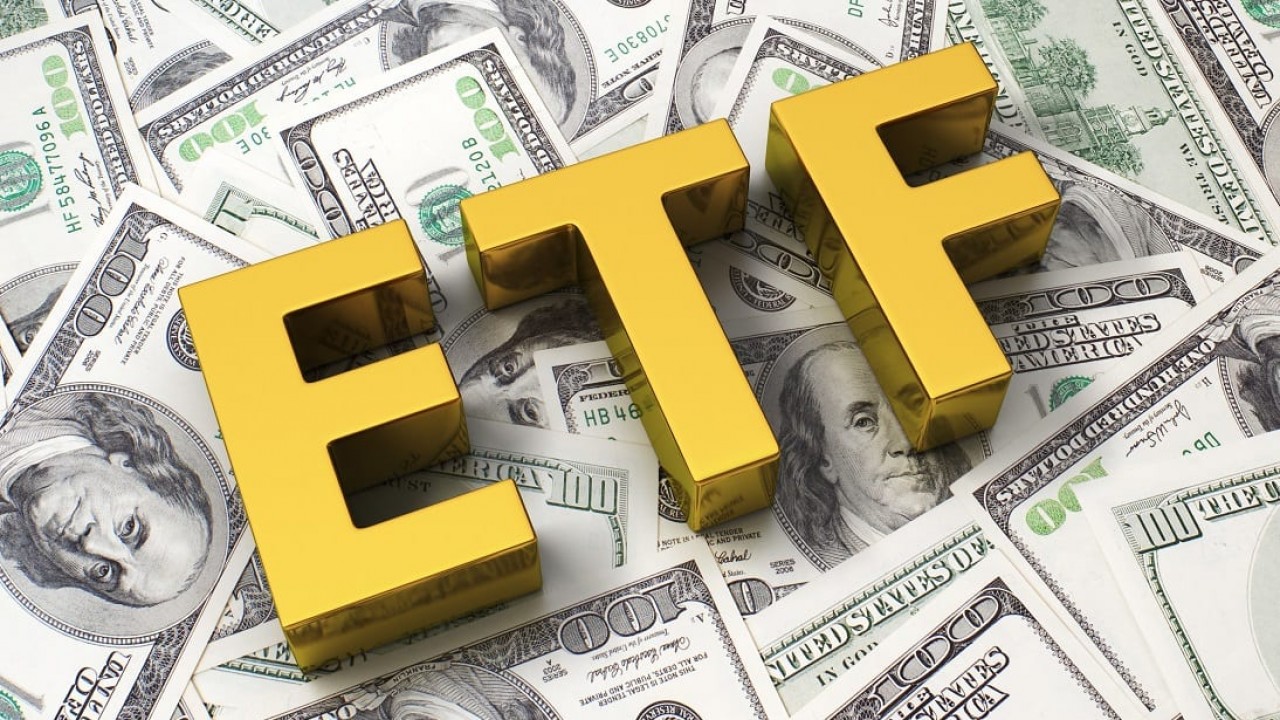A Data-Driven Assessment Of The Trump Economy

Table of Contents
Job Growth and Unemployment under the Trump Administration
Analyzing job growth and unemployment trends during the Trump administration requires a careful examination of the data. While the unemployment rate did fall to a 50-year low, reaching 3.5% before the COVID-19 pandemic, a deeper dive reveals a more complex story.
-
Unemployment Rate Trends: The unemployment rate steadily declined from 4.7% in January 2017 to 3.5% in September 2019, a significant drop. However, it's important to note that this trend began before Trump took office and continued a trajectory already in motion.
-
Types of Jobs Created: Job creation occurred across various sectors, but the composition of these jobs is crucial. While some manufacturing jobs were added, the service sector remained the dominant source of new employment. This distribution raises questions about the long-term sustainability and quality of these jobs.
-
Comparison to Previous Administrations: Comparing job growth rates to previous administrations requires careful consideration of economic cycles and external factors. While the Trump administration saw job growth, a direct comparison to the Obama administration, for example, needs to account for the differing economic contexts.
-
Key Data Points:
- January 2017: Unemployment rate: 4.7%
- September 2019: Unemployment rate: 3.5% (a 50-year low)
- Sources: Bureau of Labor Statistics (BLS)
GDP Growth and Economic Performance
The Trump economy experienced periods of robust GDP growth, fueled in part by the 2017 Tax Cuts and Jobs Act. However, understanding the drivers and sustainability of this growth is essential.
-
Annual GDP Growth Rates: GDP growth rates fluctuated during the Trump years, with some years exceeding 3% and others falling below. The impact of the 2017 tax cuts initially boosted growth, but the long-term effects are a subject of ongoing debate.
-
Impact of Tax Cuts and Deregulation: The tax cuts lowered corporate tax rates significantly, stimulating some investment. Simultaneously, deregulation efforts aimed to reduce business costs, but their overall economic impact is still being assessed.
-
Contributing Factors to Growth/Slowdown: Factors beyond government policy, such as global economic conditions and technological innovation, significantly influenced GDP growth. Trade disputes initiated by the administration also played a role, creating uncertainty and impacting some sectors.
-
Key Data Points:
- 2018 GDP Growth: Approximately 2.9%
- 2019 GDP Growth: Approximately 2.3%
- Sources: Bureau of Economic Analysis (BEA)
Income Inequality and Wage Growth
A critical assessment of the Trump economy must consider its impact on income inequality and wage growth. While overall job creation occurred, the benefits were not evenly distributed.
-
Impact on Income Inequality: Data suggests that income inequality remained a persistent issue during the Trump years, with the wealthiest experiencing disproportionate income growth compared to lower and middle-income earners.
-
Wage Growth Across Income Brackets: Wage growth varied significantly across income brackets. While some high-income earners experienced substantial wage increases, low and middle-income wage growth lagged behind.
-
Effectiveness of Policies: Policies aimed at boosting wages for lower and middle-income earners had limited success in significantly reducing income inequality.
-
Key Data Points:
- Gini Coefficient: (Requires specific data from relevant sources like the Census Bureau)
- Wage Growth Data: (Requires specific data from sources like the BLS)
- Sources: Census Bureau, BLS
The Impact of Trade Policies on the Trump Economy
The "America First" trade policies, characterized by tariffs and trade disputes, significantly impacted the Trump economy, creating both winners and losers.
-
Effects of Tariffs and Trade Disputes: Tariffs imposed on goods from various countries led to increased prices for consumers and disruptions in supply chains. Trade disputes, particularly with China, introduced considerable economic uncertainty.
-
Success or Failure of "America First": The effectiveness of the "America First" approach remains a contentious issue. While some sectors benefited from protectionist measures, others suffered from retaliatory tariffs and disruptions in global trade.
-
Long-Term Implications: The long-term economic consequences of the trade wars are still unfolding. The disruption of established trade relationships and the impact on global supply chains could have lasting repercussions.
-
Key Data Points:
- Impact on Specific Industries: (Requires industry-specific data analysis)
- Examples of Trade Disputes: (e.g., US-China trade war)
- Sources: International Trade Administration (ITA), WTO data
The National Debt and Fiscal Policy under the Trump Administration
The Trump administration's fiscal policies, particularly the significant tax cuts, contributed to a substantial increase in the national debt.
-
Changes in the National Debt: The national debt increased significantly during the Trump presidency, largely due to the tax cuts and increased government spending.
-
Impact of Fiscal Policies: The tax cuts, while stimulating economic activity in the short term, added substantially to the national debt, raising concerns about long-term fiscal sustainability.
-
Long-Term Sustainability: The increasing national debt raises questions about the long-term sustainability of the nation's fiscal position and the potential for future economic challenges.
-
Key Data Points:
- National Debt Figures: (Obtain data from the Congressional Budget Office (CBO))
- Tax Cut Details: (Specify the size and impact of the tax cuts)
- Sources: CBO, Treasury Department
Conclusion
This data-driven assessment of the Trump economy reveals a multifaceted picture. While job growth and GDP growth were observed during certain periods, concerns remain regarding income inequality, the national debt's dramatic increase, and the long-term consequences of protectionist trade policies. Understanding these complexities is crucial for informed policy discussions and future economic planning. To further explore the intricacies of the Trump economy and its lasting effects, continue your research using reliable sources like the BLS, BEA, CBO, and Census Bureau, and engage in critical analysis of economic data. A thorough understanding of the Trump economy is key to navigating future economic challenges and developing effective policies.

Featured Posts
-
 Teslas Board Under Fire From State Treasurers For Musks Focus
Apr 23, 2025
Teslas Board Under Fire From State Treasurers For Musks Focus
Apr 23, 2025 -
 Usa Russie L Escalade Des Depenses Militaires Selon John Plassard Usa Today
Apr 23, 2025
Usa Russie L Escalade Des Depenses Militaires Selon John Plassard Usa Today
Apr 23, 2025 -
 Vanish From The Internet A Step By Step Guide To Data Deletion
Apr 23, 2025
Vanish From The Internet A Step By Step Guide To Data Deletion
Apr 23, 2025 -
 Reds Offensive Revival Falls Short Against Brewers
Apr 23, 2025
Reds Offensive Revival Falls Short Against Brewers
Apr 23, 2025 -
 Investor Flight To Safety Gold And Cash Etfs Dominate
Apr 23, 2025
Investor Flight To Safety Gold And Cash Etfs Dominate
Apr 23, 2025
